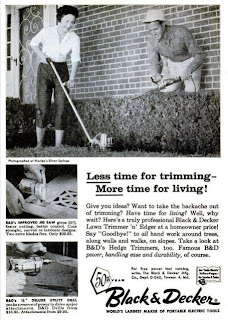
Every time I look at a Magazine, every time I watch television, I am reminded that any culture with western influences is obsessed with thinness especially women’s thinness. Beliefs about what is attractive or erotic vary from one culture to another and from one time period to another. What is beautiful? If one looks at the advertisements on television, movies, magazines- one finds models that are tall, skinny, wrinkle-free, small hips and medium to large breasts (Cortese, 52). Women everywhere are bombarded with these unrealistically slim and unattainable idea women. I recently watched news clips which talks about the death of Florida teenager who died of breast augmentation. This clears shows that how everyday encounter of these unrealistic body type is forcing women and teenagers to go under knife. What happens to women who do not achieve the ideal body? Women blame themselves for not being able to attain that ideal, rather than seeing the ideal as unrealistic. They feel like failures. It is to the advantage of the patriarchal power structure to keep women’s self esteem low. Isn’t it? Until the messages are recognized for what they are, women will continue to fall in the vicious circle of disliking their bodies and themselves (Kilbourne, 124).

Lego ads from 1981 are amazing. The above advertisement is the perfect example for gender neutral ads. "If marketers continue to create campaigns based on thinking that 'men always do this' or 'women always do that,' they are going to fall into a gender trap.

Young people in the United States are subjected to an average of 25,000 TV commercials every year. Rooted in those advertisements are a very regressive and orthodox set of social values about gender roles for boys and girls. So how can kids push back against a multibillion dollar commercial marketing machine? The goal of this project is to help empower youth of all genders to better understand, deconstruct and creatively take control of the highly gendered messages stemming from their television sets. To educate people in showing the meaning behind certain advertisements, making them think in a critical manner. Douglas Kellner in his article “Reading Images critically: Toward a Postmodern Pedagogy” explains the goal of critically analyzing media and advertisements.

Similarly, the above image conveys a powerful and dangerous message, especially when so many women are striving for power but hating themselves. Therefore, there is a need to develop alternative (gender-neutral and non-sexist) concepts, approaches, and strategies for women’s development for use by male and female journalists and editors, to enable them to understand, recognize and acknowledge the multi-dimensional roles played by women in society .For instance, a growing movement of health at every size and age promotes health and well being of all people (Look at the dove advertisement campaign).

Thus, if every one of us comes to see and respect people of every size and age, all of us will be happier, healthier, and stronger. In this era of the much more assiduous purchaser, we just can't make assumptions
 about how gender influences consumer behavior. Those marketers who avoid the gender trap will harvest infinite and lasting brand love.
about how gender influences consumer behavior. Those marketers who avoid the gender trap will harvest infinite and lasting brand love.Images from:
www.changethis.com
www.unapologeticallyfemale.com
Do you really think that the lego ad is neutral? In the ad you see a boy who builds an awesome cool looking plane. Then you see the little girl with... um... what did she build? A car/house combo? A messed up train? It has 2 doors, 2 people and a smiling block, what can this be? Maybe nothing at all. Is this ad portraying that girls intelligence? It's crazy if you think about it.
ReplyDelete